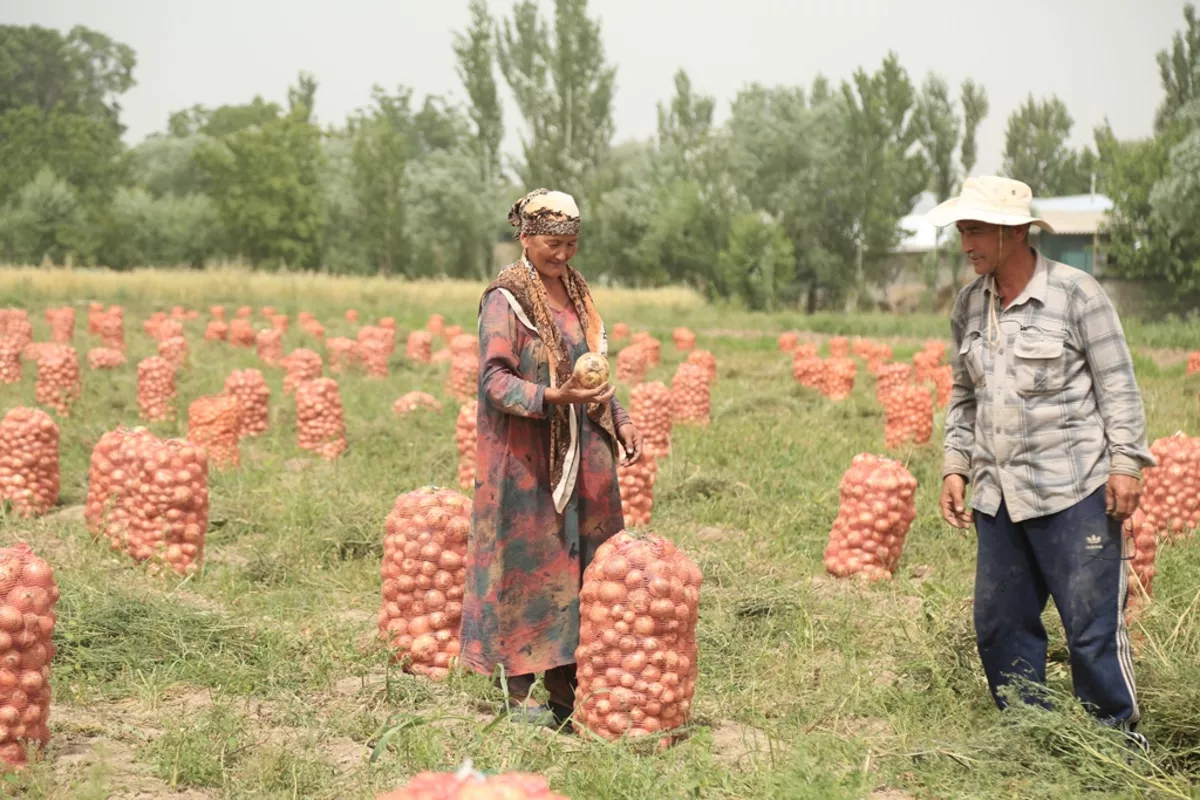
photo: Asia Plus
The World Bank has announced that Tajikistan will need approximately 15.2 billion somonis ($1.4 billion) in investment to achieve its national nutrition goals by 2030.
These remarks were made during a high-level conference held as part of the Dushanbe International Investment Forum, The Caspian Post reports via Tajik media.
Experts estimate that for every somoni invested, returns could reach up to 6.9 somonis ($0.75), while inaction could lead to losses exceeding 4.6 billion somonis ($498.639 million).
The conference, titled "Improving Nutrition through Investment in Sustainable Food Systems and Climate in Tajikistan", was co-organized by the FAO, WHO, UNICEF, WFP, and the World Bank, with support from the Government of Tajikistan and coordination by the UN Resident Coordinator’s Office.
Focusing on Climate-Smart Agriculture and Digital Innovation
Climate-smart agriculture (CSA) took center stage at the event. FAO’s Abdujabbor Hakimov outlined CSA’s threefold approach: increasing productivity, building climate resilience, and lowering emissions. Current CSA initiatives in Tajikistan include agroforestry, contour farming, drip irrigation, solar drying, and the use of biomass.
FAO also presented new digital tools, including the IRRIGOPTIMAL app for irrigation planning and SMAPP LAB Mini, which employs AI to detect crop pests. Urban agriculture and hydroponic systems are being promoted to increase food production in space-constrained urban environments.
Nutrition Trends: Progress and Warning Signs
Data from WHO’s STEPS survey (2016-2023) revealed both challenges and gains. Overweight rates increased from 46.7 per cent to 50.8 per cent, and obesity rose from 13.5 per cent to 16.9 per cent. However, positive shifts include a 10-point drop in the proportion of people adding salt to meals and improved fruit and vegetable consumption.
“Awareness is growing, but behavior change requires long-term education,” said Adolat Narzulloyeva from the Ministry of Health. Cardiovascular diseases now account for 74 per cent of all deaths in the country, with 30.5 per cent of adults affected by hypertension and 17.1 per cent showing elevated blood sugar levels.
Ongoing Efforts to Combat Malnutrition
In 2023-2024, the World Food Programme provided support to 670,000 people, including 555,000 schoolchildren who received hot meals. The WFP also helped establish 390 greenhouses and irrigation systems, while 60,000 individuals benefited from food- or cash-for-work programs.
Tajikistan’s Home-Grown School Feeding initiative has linked 90 small farmers with schools, supplying fresh produce to 2,700 children. In total, 26 tons of greenhouse-grown vegetables helped improve both student nutrition and family diets.
Under the National Nutrition Action Plan (2021-2025), the government is implementing 95 targeted initiatives. With UNICEF’s support, 1.3 million doses of SPRINKLS micronutrient powder and 353,000 doses of iron and folic acid were distributed in 2024.
Efforts are also underway to fortify flour and iodize salt through a new National Revolving Fund, supported by GAIN International and the World Bank, with a goal of reaching 100 per cent flour fortification by 2030.
Conference Calls for Unified Action
“Sustainable nutrition requires institutional support and broad cooperation,” said UN Resident Coordinator Kavilmadam Ramaswami Parvathy, urging collaboration between government, civil society, and the private sector.
The conference concluded with a united call to scale up investment in nutrition, expand school meal programs, adopt green and digital technologies, and actively engage women and youth in shaping sustainable food systems for the future.
Share on social media